The catalog settings in Lightroom are crucial for optimizing your workflow and speeding up your work. With the right configuration, you can ensure that your catalog files are well organized and that you can access your images faster. In this guide, I will explain the essential points and steps so you can get the most out of Lightroom.
Key Insights
- The catalog settings are the key to an efficient use of Lightroom.
- Automated backups of your catalog file prevent data loss.
- The settings for previews and metadata help optimize your workflow.
Step-by-Step Guide
Open Catalog Settings
To access the catalog settings, navigate to "Preferences" in the Lightroom menu. Here, under the "Catalog Settings" tab, you will find the important options that you can customize.
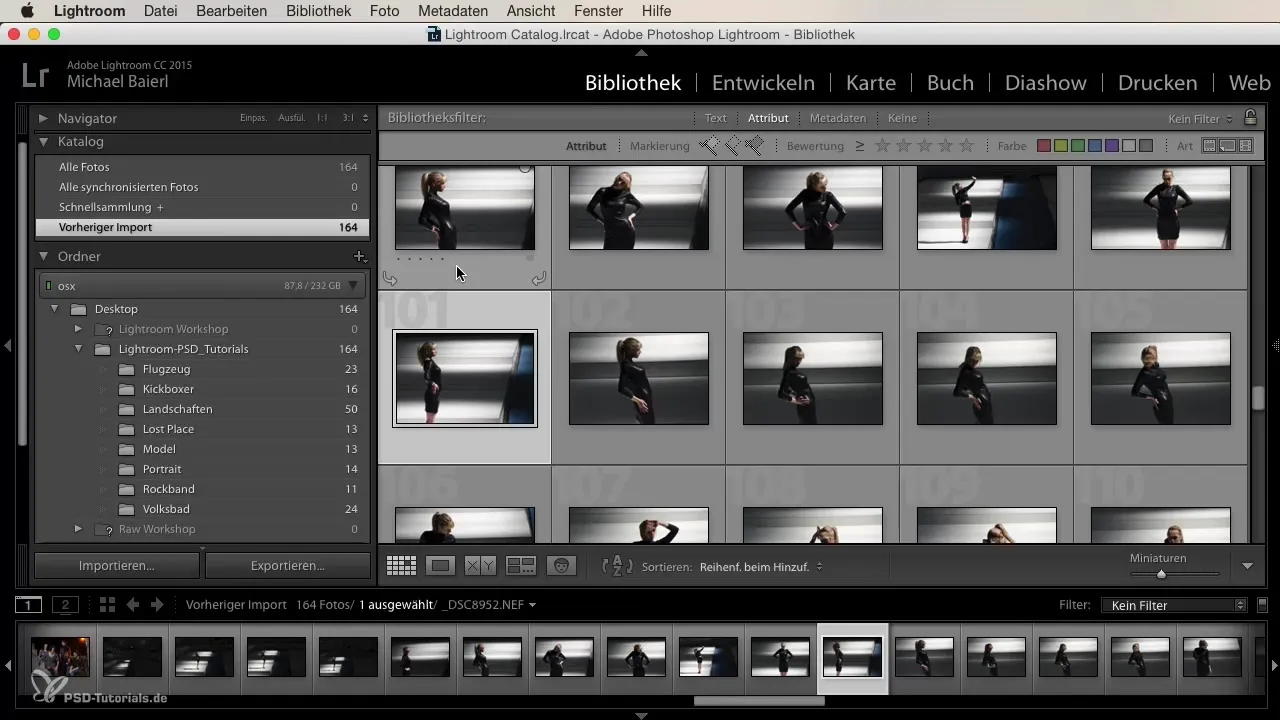
General Settings
In the first tab "General," you can see where Lightroom saves your catalog files. By default, this location is often set in the Pictures folder on your computer. It is important to know this location in case you want to share or back up the catalog file later.
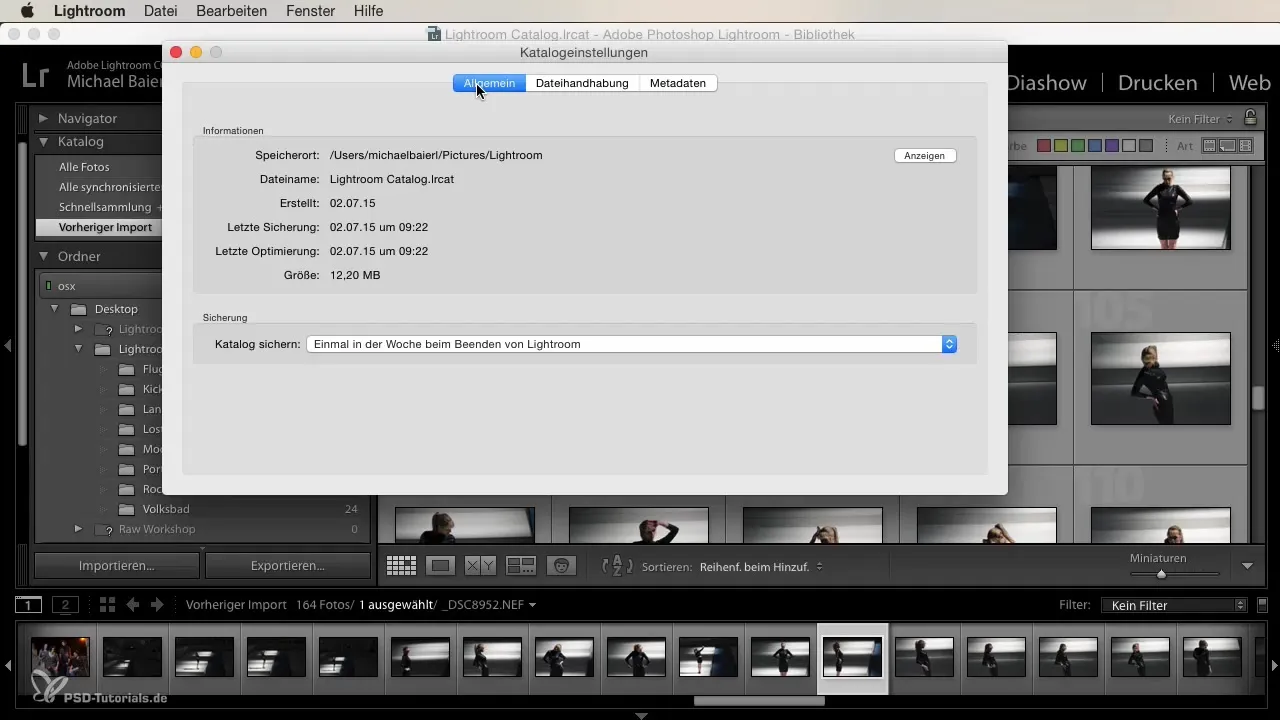
Here you can copy the path of your catalog file and use it to find it in Finder or Windows File Explorer. A handy button also allows you to jump directly to the folder of the catalog files.
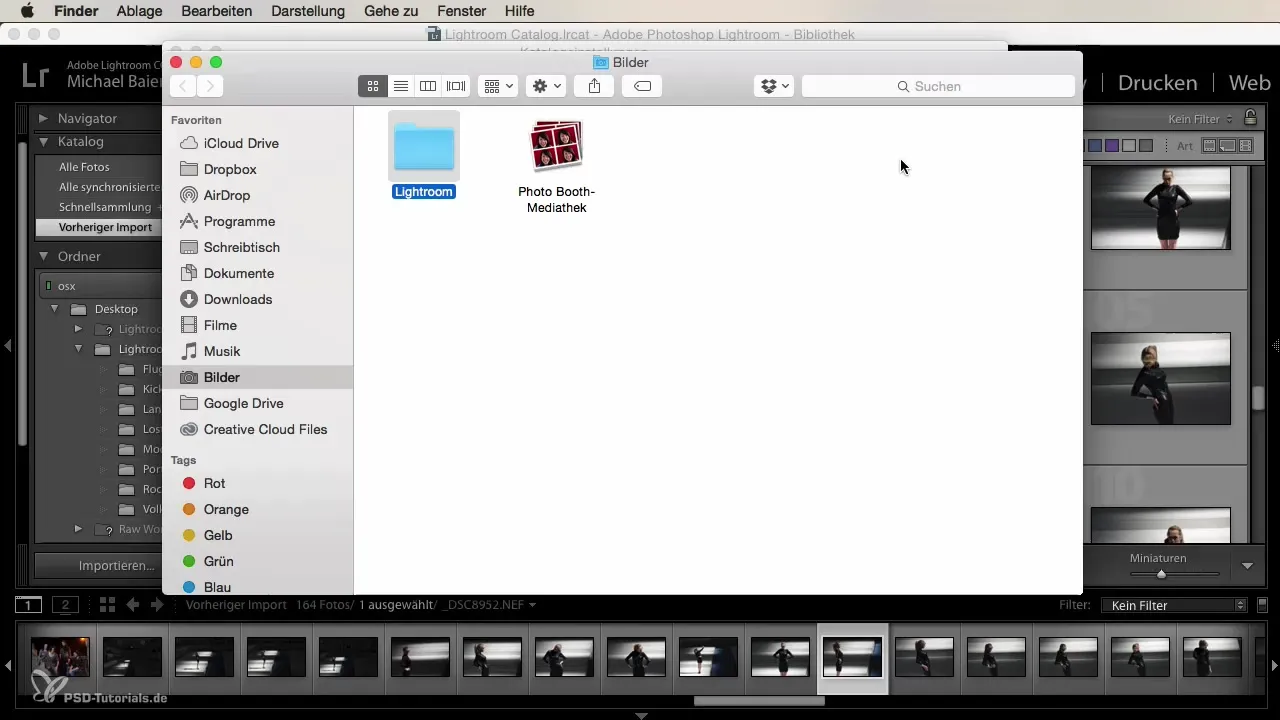
Catalog File and Backup
It's especially crucial to back up your catalog file regularly. By default, the backup is set to once a week. However, you should change this setting and enable the option for the catalog to be backed up every time you exit Lightroom. This ensures that you do not lose all changes from the last week in case of data loss.
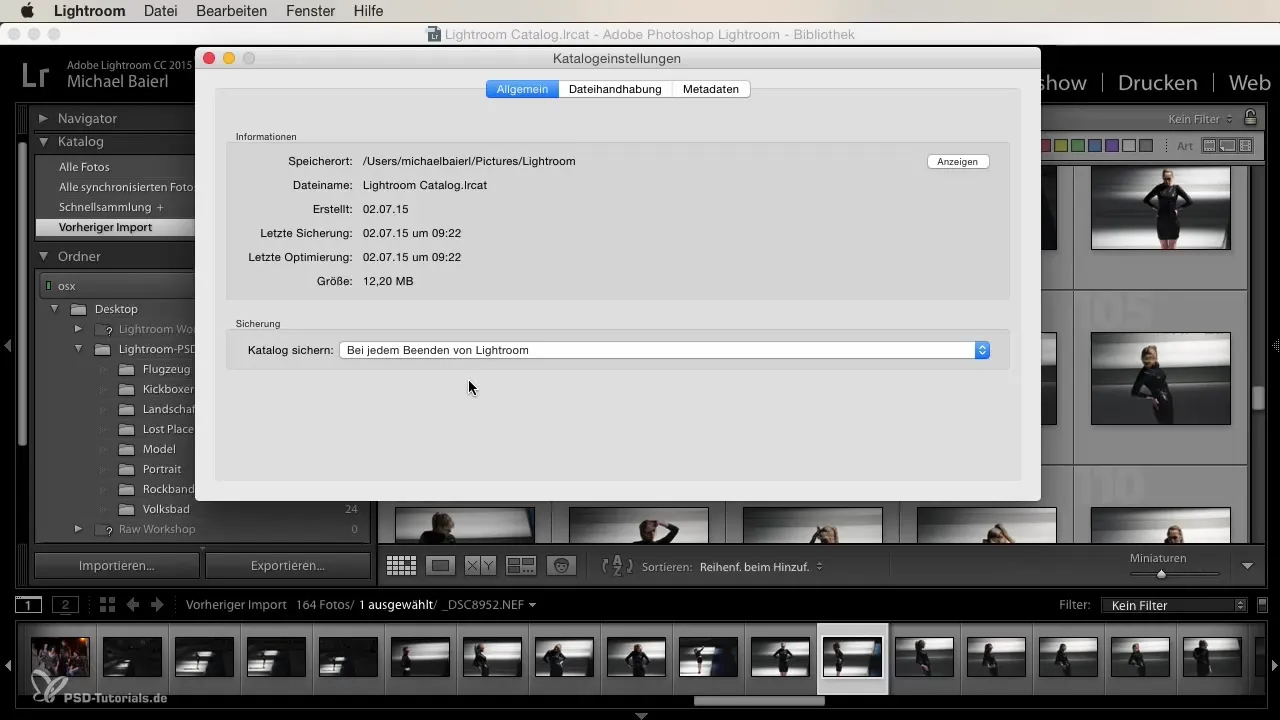
File Handling and Preview Settings
In the "File Handling" tab, you can adjust the size of previews. It is advisable to match the default size to the resolution of your monitor to achieve optimal results. The quality of the previews directly affects how quickly Lightroom responds while developing your images.
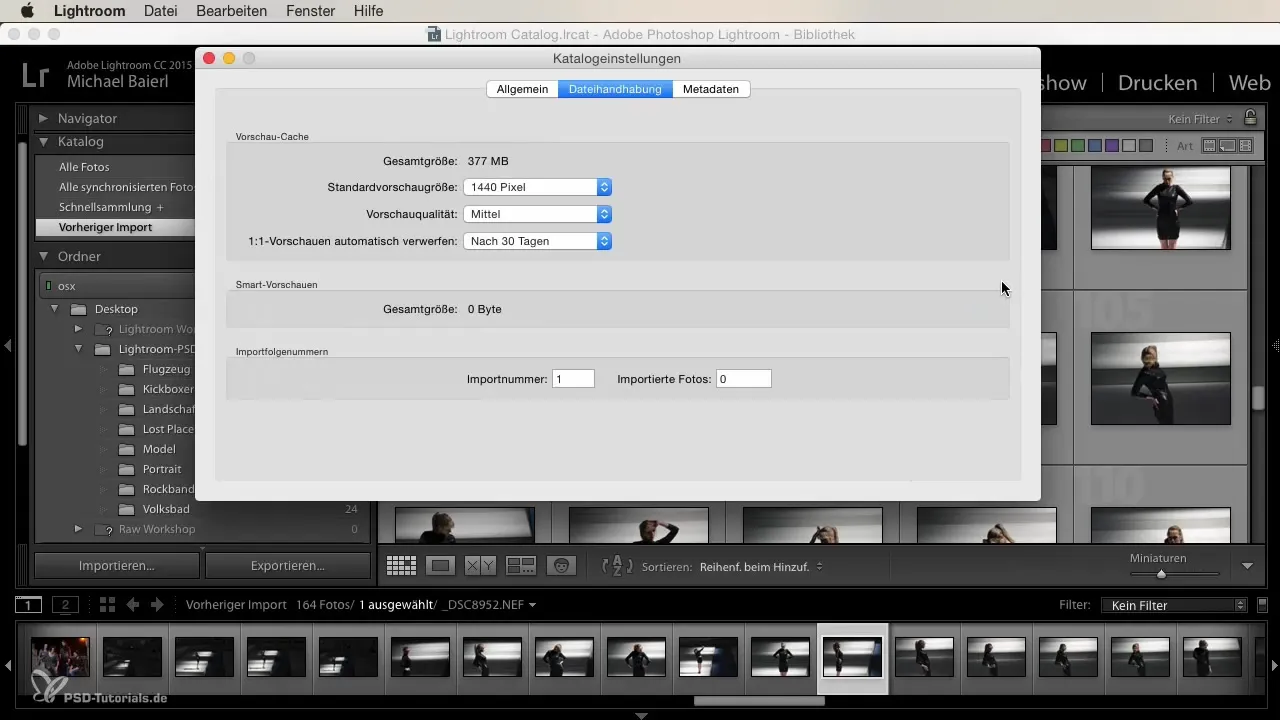
You can also specify when the "one-to-one previews" should be automatically discarded. A good value is 30 days, which means that previews older than 30 days will be removed. This speeds up your workflow because Lightroom has to store less data.
Import Sequence Number and Workflow Organization
When importing photos, you can set the import sequence number to better organize your files. I recommend creating a separate catalog for each job. This keeps your catalog files small and increases Lightroom's speed, no matter which computer you are working on.
Managing Metadata
In the "Metadata" tab, you can set how Lightroom handles the metadata of your images. By enabling the automatic saving of development settings in an XMP file, you ensure that all changes made are also visible in other programs like Photoshop.

Here, you also have the option to enable or disable suggestions for the metadata. This can help you manage your keywords more efficiently while working on your images.
Face Recognition and GPS Data
Face recognition is another feature that can help you organize your images. However, it can sometimes cause long loading times. If you do not use this feature often, it might be helpful to leave it disabled for now.
Another point is the GPS data. You can save addresses and activate the function to increase the efficiency of image management.
Summary
The catalog settings in Lightroom are crucial for your workflow. Make sure to enable automatic backups, choose the right preview sizes, and adjust the metadata management to your needs. With these adjustments, you can work with Lightroom much more effectively and quickly.
Frequently Asked Questions
Which catalog settings are the most important?The backup settings and privacy options are important to avoid data loss.
How often should I back up my catalog?Ideally, set the backup to occur every time you exit Lightroom.
What are one-to-one previews?These are high-resolution preview files that require more storage space but can significantly speed up the development process.
How can I integrate metadata into other programs?Enable the option "Automatically save changes in XMP" so that changes are also visible in Photoshop.
Should I enable face recognition?That depends on your personal needs; it can be helpful but often causes longer loading times.


